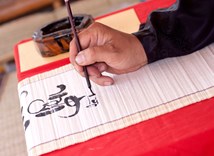Known as the “Land of Gold,” Myanmar is a fascinating vast country abundant in rich tradition and natural sights. While there are countless reasons to explore and fall in love with this wondrous ancient land, it also consists of various legends, the most famous surrounding the Burmese New Year celebration.
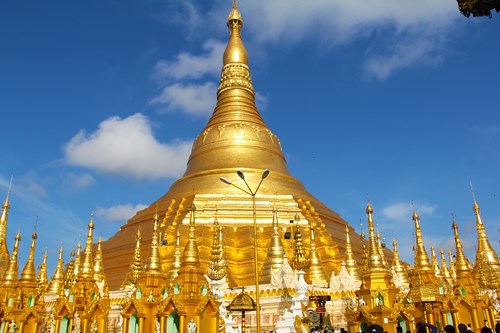
The captivating nation of Myanmar abounds in panoramic scenery, vibrant cultures, and awe-inspiring historical sites, with something new to discover each time you visit. It is also a country filled with illustrious myths, which typically stem from their religious background.
The Tale of Thagyamin
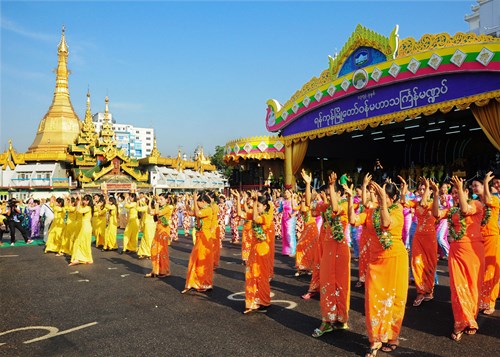
The Thingyan New Year is one of the most anticipated events out of all traditions and customs of Myanmar. Even though it is a Theravada Buddhist holiday, Burmese people of different religions, values, and cultures gather around to celebrate. But while Thingyan is mainly known for its exciting festivities, Thingyan signifies something deeper due to the historical account and legend behind it.
The renowned folklore centers on two spiritual beings, Asri, the king of Brahmas, and Sakra, the king of Devas. During a dispute, Asri had unluckily lost a gamble against Sakra, in which the punishment was to decapitate the head of Asri. Unfortunately for Sakra, he was incapable of disposing the head of Asri since he was a powerful being, seeing that if he drops the head onto the land, then it would be burned along with living creatures. Also, if the head falls into the water, then it would be boiled, putting all marine life at risk.
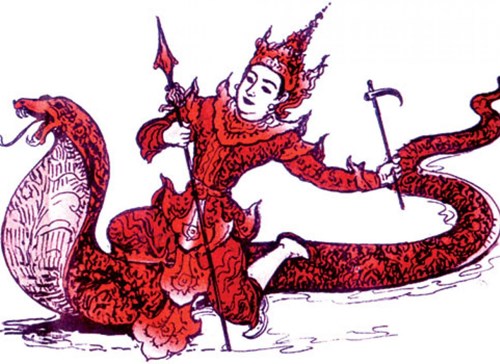
Eventually, Sakra finally arrived at a solution that would not harm innocent life. He assigned his servants to carry the head, taking turns each year. The forthcoming New Year symbolizes each time the head of Asri would change hands. “Thingyan” is a term derived from Sanskrit meaning “change”.
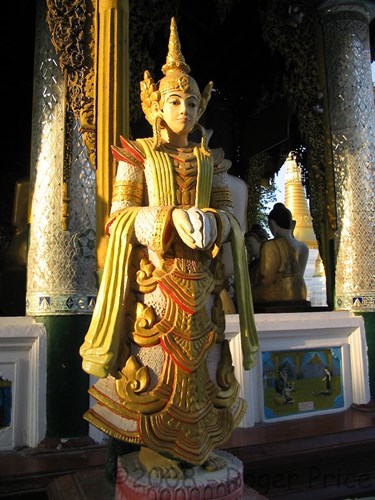
Nowadays, the Sakra Deva is solely referred to as Thagyamin and is the most central figure in Myanmar Thingyan folklore. Thagyamin (Sakra) is believed to visit earth every year while being invisible to restore his merit. The names of the days of the water festival in the Burmese Calendar – A Kyo, A Kya, A Kyat, and A Tat- signify how far he is on earth in his yearly visit. “A Kyo” means the day to welcome Thingyamin, while “A Kya” determines the day he came down to earth. “A Kyat” indicates the day he is temporarily staying, and “A Tat” suggests the day he goes back to his abode.
In modern Burmese culture, a few bedtime stories among children have started with this folklore. A popular one is the story of Thagyamin to see how people spent the year, keeping two books of judgement. People who have done good deeds make it into the book made of gold, while those with bad deeds are marked in a book made of dog-leather. The ones who get into the gold book can expect good luck in the forthcoming year, while the names in the dog-leather book will have bad fortune. Also, the Burmese believe that heavy lightning and loud thunderstorms occurring during Thingyan are the work of Thagyamin, who summons them to punish the wrongdoers. It is also through this account that people remember their religious responsibilities. It reminds them that a higher being could watch their deeds, insinuating karma. Hence, they become more cautious about their actions.







